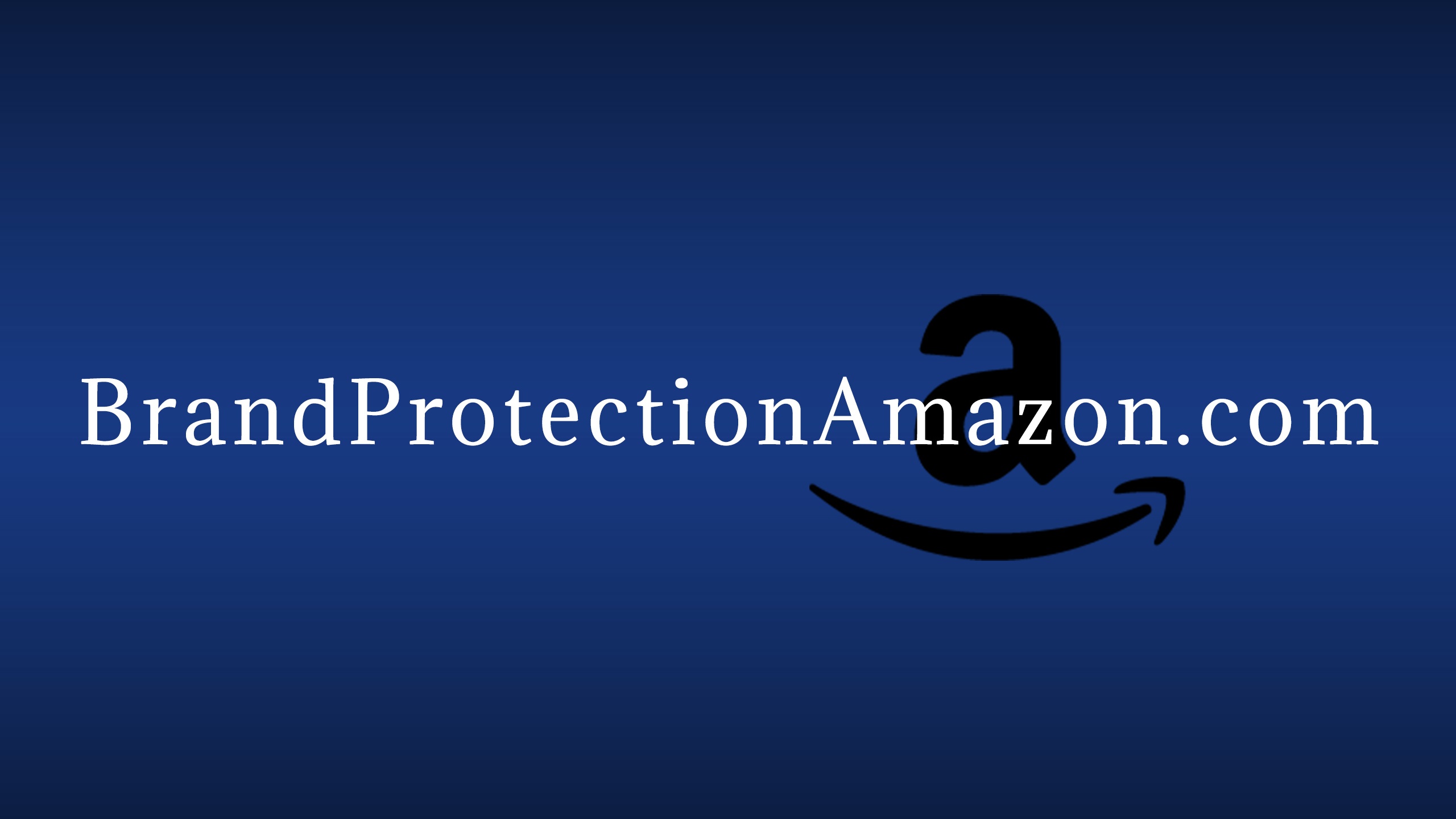
Your logo, like your brand name, will be used by customers to identify your brand. Similar to your brand name, there are myriad issues to keep in mind when developing a logo.
The following is a guide for private label sellers as to the different types of logos that can be successfully developed.
Lettermark or Monogram Logo
The lettermark or monogram logo is a logo that generally is an acronym for a multi-word brand name. Some popular examples include HBO, IBM, or NASA. All of these brands’ logos consist of a stylized font with the abbreviation for their brand name. This is important to consider when using this style of logo is the font. Customers will associate this font with your brand. For less established, or perhaps smaller brands, consider putting the full name of the brand underneath the abbreviation to reinforce the recognition. [1] Eventually the long-hand name may be dropped as customers recognize your brand by the abbreviation only.
Wordmark or Logotypes
This is a variant of the lettermark type of logo. Wordmark logos emphasize font in addition to the full name of the brand. This works best for brands that have a succinct name such as Discover, Google or Coca-Cola. Short brand name and striking design form a powerful combination for brand recognition. Create a font unique to your brand or select an existing one. The focus is primarily on the name itself. If you develop this type of logo, choose a typeface and stylization that compliments the name. [2]
Pictorial Marks or Logo Symbols
When someone says logo, this type of logo is what likely comes mind. Pictorial marks are symbols that are recognized instantly as a particular brand. Apple Computer’s apple with a bite removed logo, Facebook’s lowercase “f” and McDonald’s golden arches are great examples of pictorial marks. Pictorial and symbol logos may also serve an additional purpose of telling consumers what the product is or does, i.e. the Snapchat ghost (the pictures posted on Snapchat disappear like ghosts). [3]
Abstract Marks
These logos are whatever the creator wants them to be. This is by far the most creative of the types discussed in this chapter. The idea of these logos is to represent the company in a single, original image. [4] Sellers want abstract marks to evoke feelings in consumers that observe the logo such that they have a positive and instant recognition of your brand.
Mascots
Mascots are characters that serve both as a logo and as a representative for your brand. Examples include the Geico Insurance Company’s Gecko, the Kool-Aid Man and Planter’s Mr. Peanut. Mascots may help endear your brand to families and children. [5] Mascot logos lend themselves to advertising online, especially social media. Unlike other forms of logos discussed in this chapter, the mascot is not to be used in a vacuum. What do we mean by that? The mascot is an enhancing logo, used to market your brand to specific groups and act as a brand ambassador, all the while supporting other logos and aspects of your brand.
CJs Side Note: Mascots can be very useful when seeking trademark application as evidence of expenditures on marketing.
Compound Marks
Compound marks make the best of multiple forms of logos we already discussed. They can be a combination of any logo format. Combinations of both wordmark and lettermark, lettermark and pictorial mark, even abstract and mascot can be made. As long as the mark is recognizable as your brand, any combination will work. The ultimate goal of a logo is to generate recognition among potential customers. Some examples of popular compound marks are Doritos, Burger King, and Goodyear. These logos are extremely versatile as brands can reap the benefits of multiple logo styles at once. They also have the ability to be changed over time as your brand gains more recognition, or simply wants to switch to solely a pictorial or letter mark, see Starbucks circa 2011. [6]
Emblems
Emblems are logos that typically use a font inside a symbol. These are commonly used by government agencies: the FBI is a great example. Emblems are also commonly used by universities and automobile manufacturers. These logos typically employ a combination of a unique symbol and a proprietary font like Ford Motor Company’s logo. Emblem logos are not combination logos because the font and the symbol are not usually separable. It is important to note that if sellers intend on using this logo on clothing, it may be difficult to capture the same level of detail on a smaller scale. [7] If using a logo this way, it would be beneficial to think about keeping the level of detail small.
Logos can help establish an identity for your private label brand that connects with consumers on a visceral level.
[1] Hilda Morones, The 7 types of logos (and how to use them), 99designs (last visited Jun. 7, 2016), https://99designs.com/blog/tips/types-of-logos/.
[2] Id.
[3] Id.
[4] Id.
[5] Id.
[6] Hilda Morones, The 7 types of logos (and how to use them), 99designs (last visited Jun. 7, 2016), https://99designs.com/blog/tips/types-of-logos/.
[7] Id.








